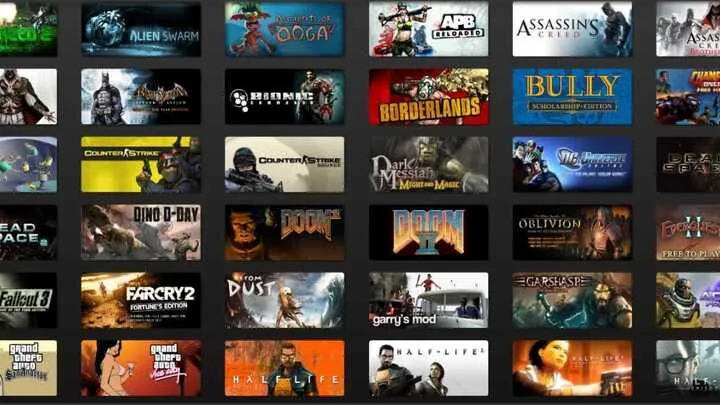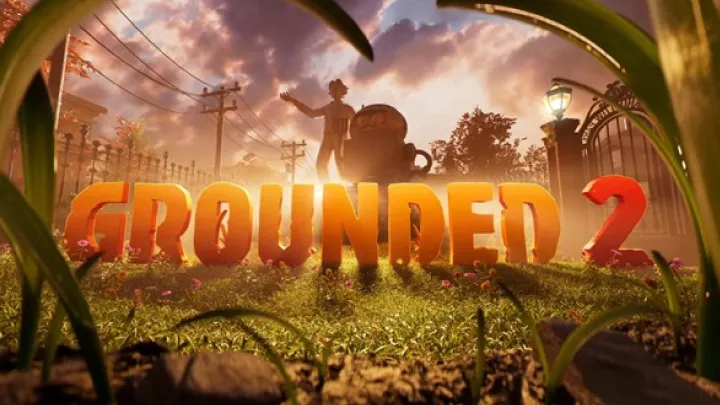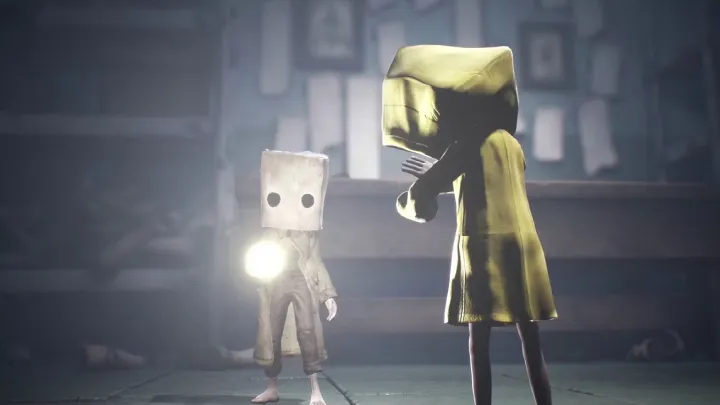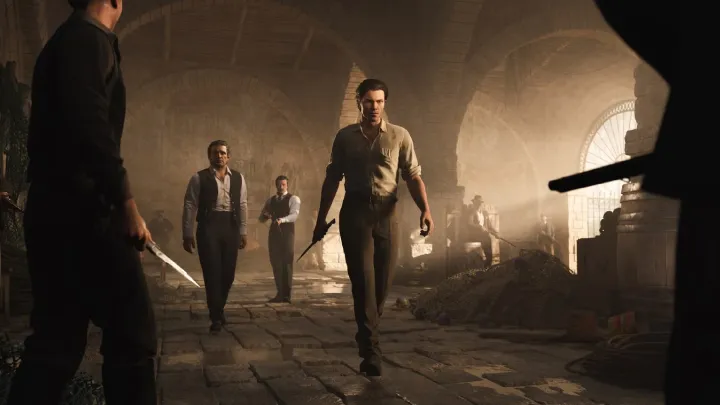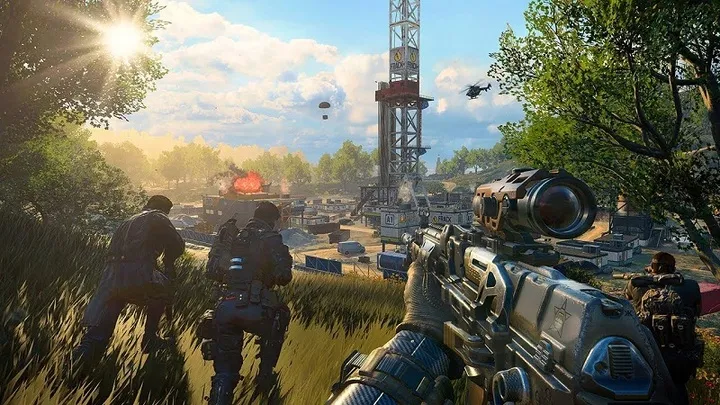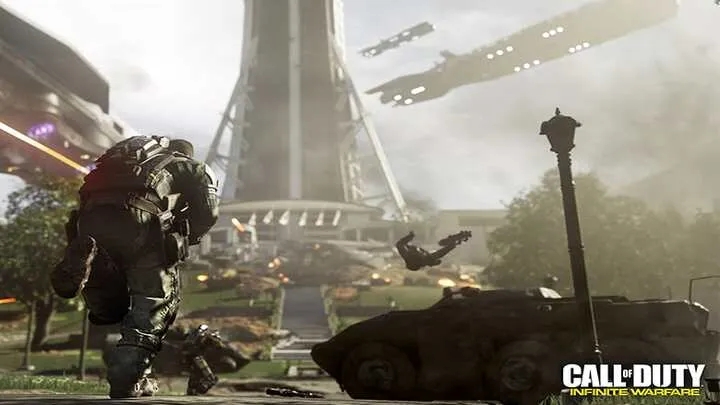Monument Valley is a beautifully crafted puzzle game known for its stunning visuals and mind-bending architecture inspired by impossible geometry and optical illusions. Players guide the silent princess Ida through mysterious monuments, manipulating the environment to progress. If you’re new to Monument Valley or want to master its puzzles, this detailed how-to guide will walk you through everything you need to know—from understanding the gameplay mechanics to solving the trickiest puzzles and appreciating the artistic design.
Getting Started with Monument Valley
Before diving into the puzzles, it’s important to understand the basic premise and controls of Monument Valley. The game revolves around guiding Ida across surreal landscapes filled with optical illusions and impossible structures.
The controls are simple and intuitive. You interact by tapping on the screen to move Ida or manipulate parts of the environment. This often involves rotating platforms, sliding walls, or changing perspectives to create new paths. Take your time exploring each level, as the game encourages observation and experimentation rather than rushing.
Getting familiar with the interface and controls early will enhance your experience and help you think creatively when faced with challenges.
Understanding the Core Gameplay Mechanics
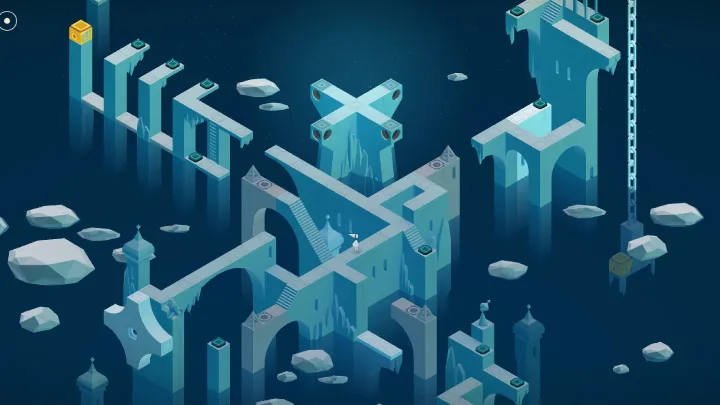
Monument Valley’s puzzles are based on manipulating the architecture to create walkable paths for Ida. Key to solving these puzzles is understanding perspective shifts and how different angles can alter the perceived geometry.
Players must learn how to interact with the environment by rotating or sliding elements, which sometimes align to form new walkways or staircases. The game often plays with the idea of impossible objects—shapes that look normal from one angle but cannot exist in three-dimensional space.
A crucial skill is to look for visual cues such as color changes or subtle animations that hint at interactive parts. Learning to “think outside the box” and view the level from multiple angles is essential.
Navigating Ida Through the Levels
Each level is designed as a self-contained puzzle. Your goal is to navigate Ida from a starting point to a goal, often a glowing pillar or platform. Moving Ida involves tapping on the location where you want her to go, but you must ensure the path exists through manipulation of the environment.
Sometimes, the path might appear disconnected from one angle but becomes continuous when you rotate certain parts. Pay close attention to how different segments connect when moved.
Ida’s movement is deliberate and slow, allowing players to carefully observe and plan. Avoid rushing and experiment with different interactions to uncover hidden paths.
Solving the Basic Puzzles
In the early stages, puzzles introduce simple mechanics such as rotating sections of the monument or moving platforms horizontally. These basics set the foundation for more complex challenges later.
To solve these puzzles, try rotating different parts systematically to see how the architecture changes. Remember that the game is designed to reward patience and careful observation rather than trial-and-error clicking.
Focus on one part of the monument at a time and watch how it affects the overall structure. Sometimes moving a single element can unlock several new pathways simultaneously.
Dealing with Optical Illusions and Impossible Shapes
One of Monument Valley’s defining features is its use of optical illusions and impossible shapes like Penrose stairs or Escher-inspired architecture. These illusions challenge conventional thinking about space and movement.
When encountering these illusions, try to shift your perspective by interacting with movable parts of the monument. The game cleverly uses these illusions to create paths that exist only when viewed from specific angles.
Understanding that what looks disconnected or impossible can be connected by changing perspective is key. Don’t be afraid to rotate or slide elements repeatedly and view the environment from different viewpoints.
Utilizing Hidden Elements and Secret Paths
Beyond the obvious paths, Monument Valley features hidden elements and secret pathways that add depth to the puzzles. These can include hidden levers, invisible platforms, or secret alcoves.
To discover these secrets, pay attention to subtle visual or audio cues, such as slight color changes, shadows, or different sound effects. Exploring every corner of the level thoroughly often reveals these hidden elements.
Using these hidden mechanics not only helps solve puzzles but also enhances your appreciation of the game’s intricate design.
Mastering Advanced Puzzles and Complex Mechanisms
As you progress, puzzles become increasingly intricate, involving multiple layers of interaction, timed movements, or simultaneous manipulation of different monument parts.
Advanced puzzles require planning and foresight. Sometimes you need to position one part of the environment correctly before interacting with another. These sequences often test your memory and spatial reasoning.
Take your time with these levels, break the puzzle down into smaller parts, and solve each segment before combining them for the full solution.
Appreciating the Art and Sound Design
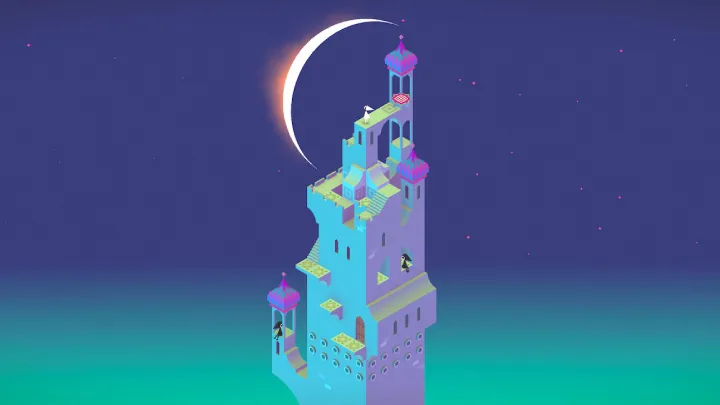
Monument Valley is not just a puzzle game; it is a piece of interactive art. The visuals are inspired by minimalist architecture, combining pastel colors with surreal shapes. The soundtrack complements the atmosphere with calming and ambient tunes.
Taking time to appreciate the art and sound design can deepen your engagement with the game. Sometimes the environment itself provides hints through its aesthetic and sound cues.
Immerse yourself in the game’s world and let the beauty of the design inspire your problem-solving.
Using In-Game Hints and External Resources
If you ever get stuck, Monument Valley offers a hint system that can provide gentle nudges without giving away full solutions. Use these hints sparingly to preserve the sense of discovery.
Additionally, there are many walkthroughs, guides, and forums online where players share solutions and tips. These can be helpful for particularly challenging levels or to understand hidden elements.
Remember that the satisfaction comes from solving puzzles yourself, so try to use external help only after making a serious attempt.
Tips for Enjoying the Game Fully
To get the most out of Monument Valley, approach it with patience and an open mind. Unlike fast-paced games, this title rewards thoughtful exploration and creative thinking.
- Take breaks if a puzzle becomes frustrating. Returning with fresh eyes often reveals solutions.
- Experiment with every possible interaction on the monument.
- Enjoy the narrative and emotional undertones woven into the gameplay.
- Share the experience with friends or family, as the visuals and puzzles make great conversation starters.
Following these tips ensures a rewarding and enriching gaming experience.
Conclusion
Monument Valley stands out as a masterful blend of art and puzzle design, offering players a unique journey through impossible landscapes. By understanding the game mechanics, appreciating its optical illusions, and approaching puzzles with patience, anyone can enjoy and master this enchanting game. Whether you are solving simple rotations or complex spatial riddles, Monument Valley challenges and delights in equal measure. Immerse yourself in its beauty and mystery, and discover the joy of navigating its surreal monuments.
Summary:
Learn how to solve Monument Valley with tips on navigation, perspective shifts, illusions, secrets, and enjoying its artistic puzzles for a rewarding experience.








